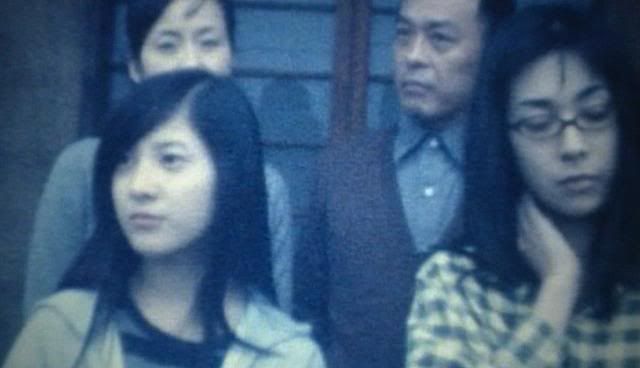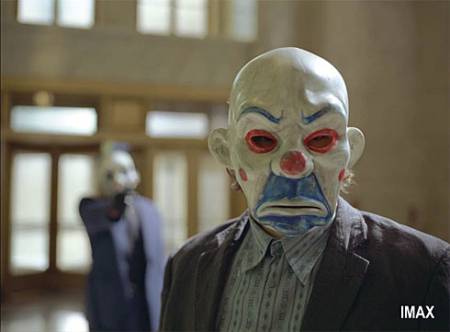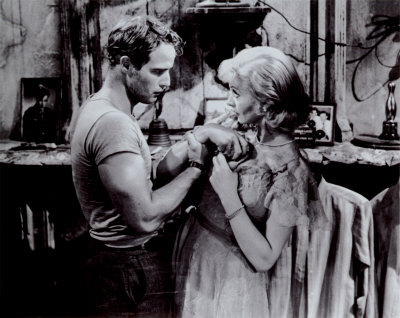
+
The Beatles' Can't Buy Me Love live at The Hollywood Bowl August 30, 1965
The crowd's reaction throughout this entire track conveys the fever which Beatles-mania elicited when they broke on the scene in the United States. Insofar as this recording goes, and amazingly enough, it seems twelve years of on/off again production was necessary to perfect the audio and give birth to a recording worthy of release. Who knew.

+
The White Stripes covering Bob Dylan's One More Cup of Coffee
In the city of Detroit, in July of 1998, Jack and Meg took to an unnamed stage and produced what is widely considered to be the first live recording of The White Stripes in existence. Not to disparage them, but I think if I had been watching this duo at The Turf Club or The Uptown (a couple of local stages), truth be told, I may have walked out. I like to think I've grown a bit since then.

+ Not three months after Queens of the Stone Age released the instant classic
Songs For The Deaf was released onto the public, Josh Homme and Co. dropped in on Bern, Switzerland to play a "secret" acoustic show for a select crowd lucky enough to squeeze into the venue. One track of note,
Go with the Flow (the 4th song of performed — the 8th on the album) already has the force and passion usually reserved for mid-tour dates. I've heard local artists (punk, rock, and folk alike) whose impromptu acoustic sets blow away most "normal" performances. If you're a fan of the genre, this is one set you must hear.

+ Britney Spears'
...Baby One More Time acoustically performed as 'Hit Me Baby One More Time' by Travis. One of the cleanest and funniest versions of this song ever done — that includes Blink 182's, and Tori Amos' version. The crowd reacts appropriately to what is a genuine cover attempt. No joke, this works!

+ During
Good Riddance's final live show (final performance ever, in actuality) they dperform "Without Anger" with such force you'd think they were playing for their very existence...and in a way they are. Here they're eulogizing, in a sense. But this is of their choosing, and the show is one for the record books. Fat Wreck recorded and released the 2007 show on limited edition (1100 copies), hand-numbered, 2x colored wax this year.

+ Lagwagon's
Live At A Dive release gave us a killer, sped up version of "Razor Burn" that is both hilarious and truist. Lyrics:
"Here's another little sing-along for you all,
this goes out to all the people who just quit shaving. I think
you know what I'm talkin' about."
She broke up with me two days later
I think she met Don Juan in Italy
She has a new man, I have a new mustache
Now all my friends are gonna call me 'mountain man'
And everyone will think that I'm a stupid drifter
I'll walk the earth alone, and never shave again
On the night she left me, facial hair grew miraculously
I dressed in black like Johnny Cash and grew this beard of shame
I've heard it said she looks a lot like Sherilyn Fenn
And sometimes I'm mistaken for, Billy Gibbons
I may appear wise, but I'm an idiot
It's over, she left me, and she will soon forget me
She found out I was lame, I grew a beard of shame
'sing it Hollywood!'
Come all ye faithful, joyful and triumphant
I am a new man, I have a beard of shame
+ A list wouldn't be complete without a
Me First And The Gimme Gimmes track, and Blondie's "Heart Of Glass" will do just fine. Performed live at "little" Jonny Wixen's bar mitzvah, a sauced punk super group and a room full of skeptical parents (you should see the pics/video snippets) make for an unforgettable experience for both audience and listener. And do not all Blondie songs make for awesome punk covers anyway?

+ Kreator's 2003 live album, a meld of stadium shows in Sao Paolo and Seoul, South Korea, has proven that the faint remembrance of the band's mojo for the MTV release/video for
Betrayer (when MTV was a music channel...ugh) wasn't a fluke and Kreator hasn't lost a single beat since. Speed and precision are their modus operandi, and they deliver. I've heard a majority of the 2-disc work, and even as it does get a bit stale, taken one track at a time it can't miss.

+ Before
Sessions At West 54th went off the air, I had the opportunity to catch Tom Waits'
Nighthawks At The Diner almost in its entirety during a special hour-long edition which featured much of the originally un-aired portions. Waits has a gigantic following in Minneapolis, which is maybe the reason for the full show (and multiple airings, as I discovered). From
Intros 1 & 2, to
Eggs And Sausage In A Cadillac With Susan Michelson, and the witty
Emotional Weather Report, this is a soulful romp that's good for a listen, in full or on occasion; whether it's at home on the stereo or during a 4 1/2 hour drive to the Minnesota-Canadian border.

+ And finally, nearing the height of his power, Mason Jennings recorded a solo acoustic version of
Rebecca DeVille at the studios of KUOM for Stuck On AM 2 (from the wildly popular Stuck On AM series) and subsequently cemented the release as king of the series, with a little help from Buffalo Daughter, Lifter Puller, and yet "blown up" Minneapolis urban troubadours Eyedea and
Atmosphere. But the addition of Mason's epic was the keystone to a highly successful album to be sure, and it received generous airplay on Radio K.



























